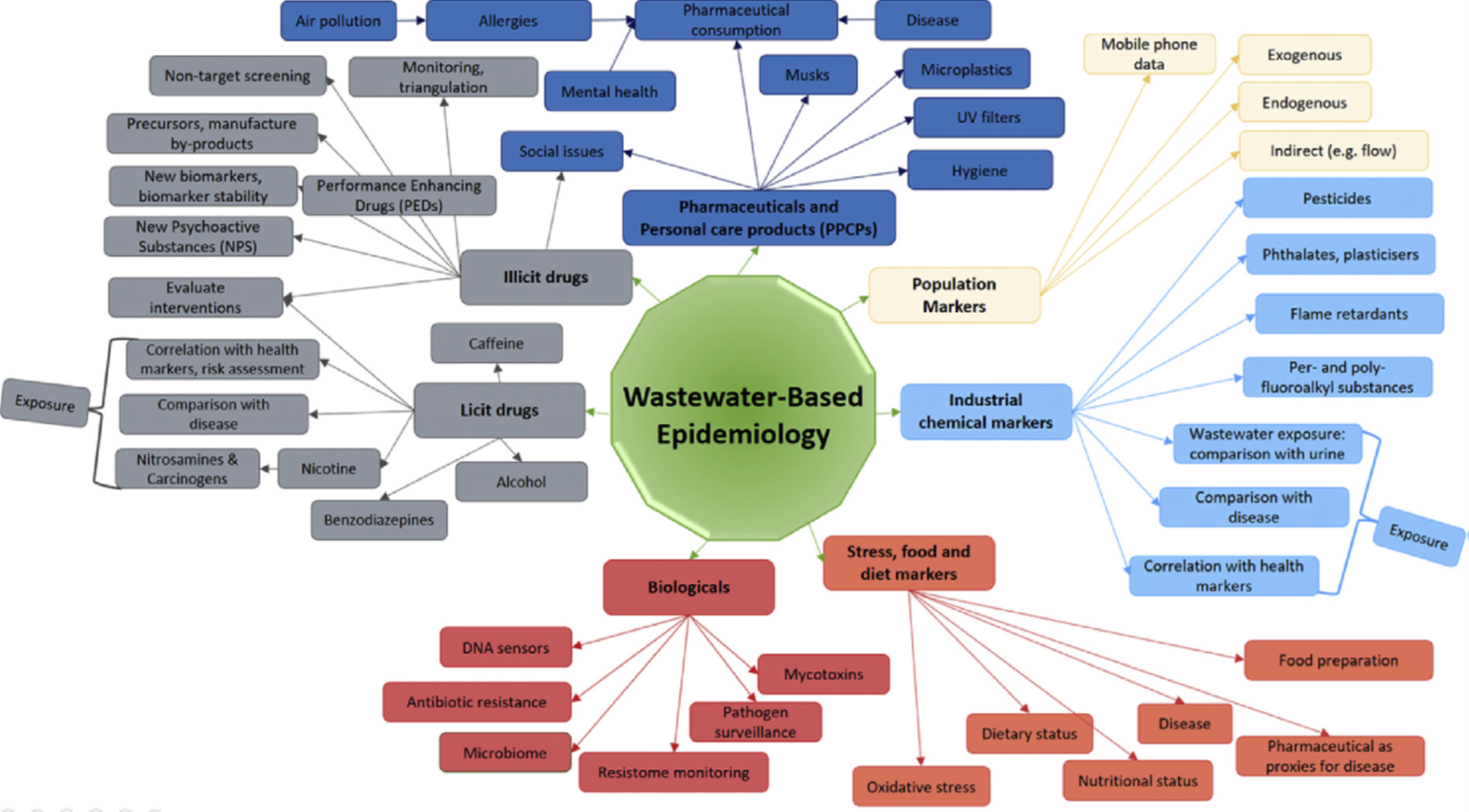Center Using Wastewater-Based Epidemiology to Protect Public Health in NY
In March of 2020, as the world was shutting down in response to the SARS-COV-2 pandemic, the New York State Center for Clean Water Technology (CCWT) was embarking on a global effort to track the dynamics of the disease in sewage as part of an emerging field known as wastewater-based epidemiology (WBE). WBE is an interdisciplinary science at the intersection of public health, environmental science, and molecular biology, that offers a novel perspective on population health by analyzing wastewater to monitor the prevalence of diseases and/or drugs in the wastewater. The method involves the collection and analysis of influent wastewater samples from sewage treatment plants to detect and quantify pathogens and chemical substances indicative of public health trends within a ‘sewer-shed’ or the population contributing to a specific sewage treatment plant. WBE operates on the premise that human waste contains metabolites, pathogens, and biochemical markers that reflect health status and behavior patterns within the community. As individuals metabolize pharmaceuticals and produce waste, these substances are excreted and enter the wastewater system, providing insights into population health.

CCWT began the use of WBE to track SARS-COV-2 in April of 2020 and, by June 2020, began its weekly monitoring of Suffolk County’s Southwest Sewer District that has continued to date. In 2021, CCWT joined the New York State Wastewater Surveillance Network (NWSN) which was organized by the NYS Department of Health (DOH) and, as a consequence, CCWT has expanded its WBE to cover all major sewage treatment plants across Nassau and Suffolk Counties.
Key insight from WBE
These efforts have yielded key insights for NY and beyond. For example, in 2023, CCWT co-authored a peer-reviewed study with other members of the NWSN that was published in the journal Infectious Disease Modelling. The study considered data from 14 million people across NYS from 2020 to 2022 and compared WBE monitoring of SARS-COV-2 to hospitalization cases and demonstrated that wastewater surveillance provided a 10-day lead in forecasting COVID-19 hospitalizations, affirming the efficacy and value of WBE.
In a second study published earlier this year in the Journal of Exposure Science & Environmental Epidemiology, CCWT scientists examined the co-occurrence of SARS-CoV-2 and different drugs used to treat the virus and its symptoms. They found that several drugs peaked in wastewater in unison with the virus including metabolites of hydroxychloroquine, Remdesivir, and acetaminophen. The study demonstrated that the actual occurrence of COVID-19 cases could be better predicted with the combined monitoring of the virus and several drugs in wastewater.
New initiatives to protect public health
CCWT continues its WBE work today and, with support from NYS DOH, receives samples twice weekly from 18 sewage treatment plants in Nassau and Suffolk County and analyzes them for SARS-COV-2. In addition, nucleic acids extracted from the samples are sent to NYS DOH to be analyzed for other pathogens such as polio and flu. Beyond diseases, CCWT is now partnering with Nassau County on a new initiative to track opioids and illicit drugs in wastewater and will work with County health officials to compare wastewater prevalence trends to overdose cases.
Wastewater-based epidemiology represents a powerful tool for enhancing public health surveillance and understanding community health dynamics. As analytical technologies advance and methodologies evolve, WBE will play an increasingly critical role in epidemiology and environmental health monitoring, offering a novel perspective on community health. Going forward, CCWT will continue its use of WBE to benefit the public health of the citizens of NY and beyond.
